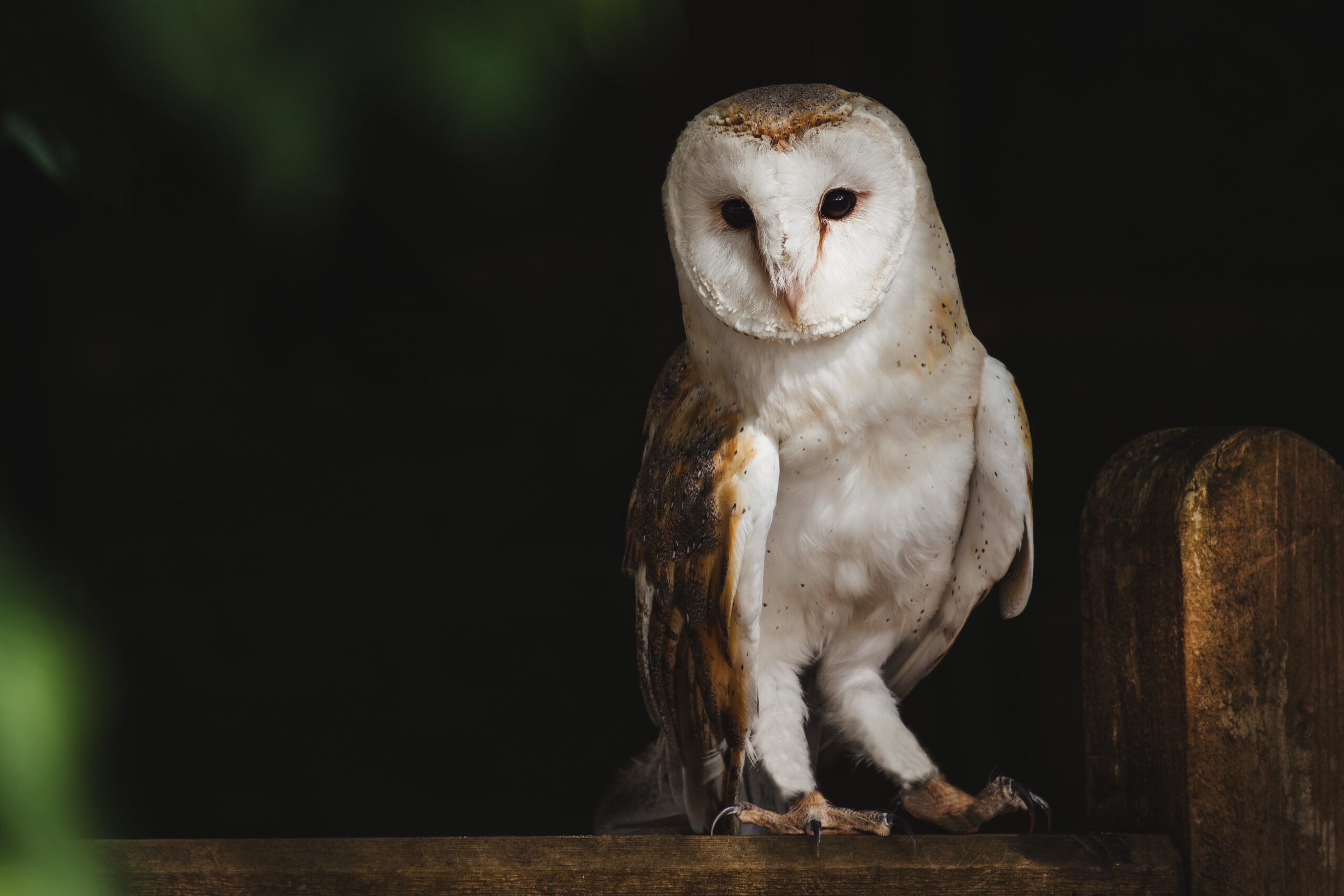The UK hosts a wide variety of birds of prey, including eagles, owls, and buzzards, but the most well known is the Peregrine Falcon. While some you can spot easily, such as Hen Harriers and sparrowhawks, others are less easy to find, such as the Montague’s Harrier and the Red Kite and more recently the Kestrel.
Owls are a different challenge alltogether, while you may not see Owls during the day you can certainly enjoy the sounds of an owl at night. That is not to say that it is impossible to see owls in the day, it simply depends on the owl species.
Spotting birds of prey can be very rewarding. The Big Birds Project, an initiative by the RSPB (Royal Society for the Protection of Birds), has compiled a list of many species of birds, both common and rare.
The Common Buzzard
The buzzard is most likely the raptor that you can spot easily in Britain, and there are several reasons why it is so common. One is its diet. Its diet consists mostly of carrion, and it is well-suited to Britain’s climate, which can be cold and wet at times.
The buzzard can be seen across most of the UK, as they live in a variety of habitats. As their name suggests, buzzards belong to the family of raptors (a diverse group of mainly predatory birds).
Often seen in open country, their preferred habitats are tundra and forest edges, though they can be found almost anywhere. You will most likely see them soaring over farmland looking for their next meal, or you may find them perched on a fence or telegraph pole watching for food.
Kestrel
The kestrel is a species of bird that is closely related to the falcon. They like to nest in cliff holes and have adapted well to city life, nesting on tall buildings. The Kestrel can be found in many parts of the world, but it is more common in open grassland areas and rocky hillsides.
Kestrels are most active at dawn and dusk, but in some areas they hunt for insects during the day. Kestrels are well adapted to capturing small rodents and invertebrates.
Finding them can be tricky, but when you see a kestrel you will know. It has a very unique hover flight, hovering still in the air and then dropping down on its prey very quickly.
Peregrine Falcon
The peregrine falcon is famed for its unbelievable speed as it flies down and catches its prey, often stunningly, diving at speeds of 200 miles an hour or more, capturing pigeons and ducks, which it then carries off to eat at a safe distance from other predators.
Often found This falcon is often found nesting on rocky ledges on the sides of cliffs.
If you want to find a peregrine falcon, then you have a few options. Firstly, they have adapted to city living in recent years and can now be found living in cities such as Edinburgh, which has three nesting pairs of falcons.
You can also find peregrines nesting on sea cliffs or in the Highlands.
The Eurasian Sparrowhawk
This little raptor may be found in a wide variety of environments and can regularly be observed hunting in gardens. These birds are skilled bird hunters, and they frequently consume finches, sparrows, and tits.
The females are larger than the males, but both sexes are the smallest birds of prey. Their distinctive rounded wings and long, slender tails help to identify them.
They have the same black beaks and yellow ceres, and both have bright yellow feet and eyes.
They have evolved to be effective cave hunters. Females may catch birds as large as pigeons, despite the fact that males are more nimble due to their lower size.
Rare birds of prey in the UK
Long-eared Owl
It is thought there are fewer than 250 pairs in the UK. If you are going to try and spot the long eared owl, you are going to have to be up very early in the morning, as they are most active at dawn and dusk.
Mostly found on agricultural land, these secretive birds are one of the hardest to find owls in the UK and can be very elusive.
Their preferred habitat is mixed farmland containing lots of hedgerows and a well-developed drainage system. Mostly located in the southern parts of England and Wales, they can be found in Sussex, Hampshire, and Cornwall.
The forestry commission needs help identifying and surveying the long eared owl across England.
Osprey
When viewed from below, the osprey has white or slightly mottled underparts when in flight. When viewed from a distance, the long, angular wings, which bend at the “wrist” and have a black patch that contrasts with the white wing linings, could be mistaken for large gulls. Due to its historical decline (caused by illegal killing) and low breeding numbers, this magnificent fish-eating raptor is on the Amber List.
Ospreys mainly reside in Scotland (east of the Cairngorms) and western Scotland. Some can be found in the northern part of England. There was a pair introduced in Wales, but unfortunately, they did not survive.
If you want to see an osprey, you will need to find some of the lakes where they like to fish.

